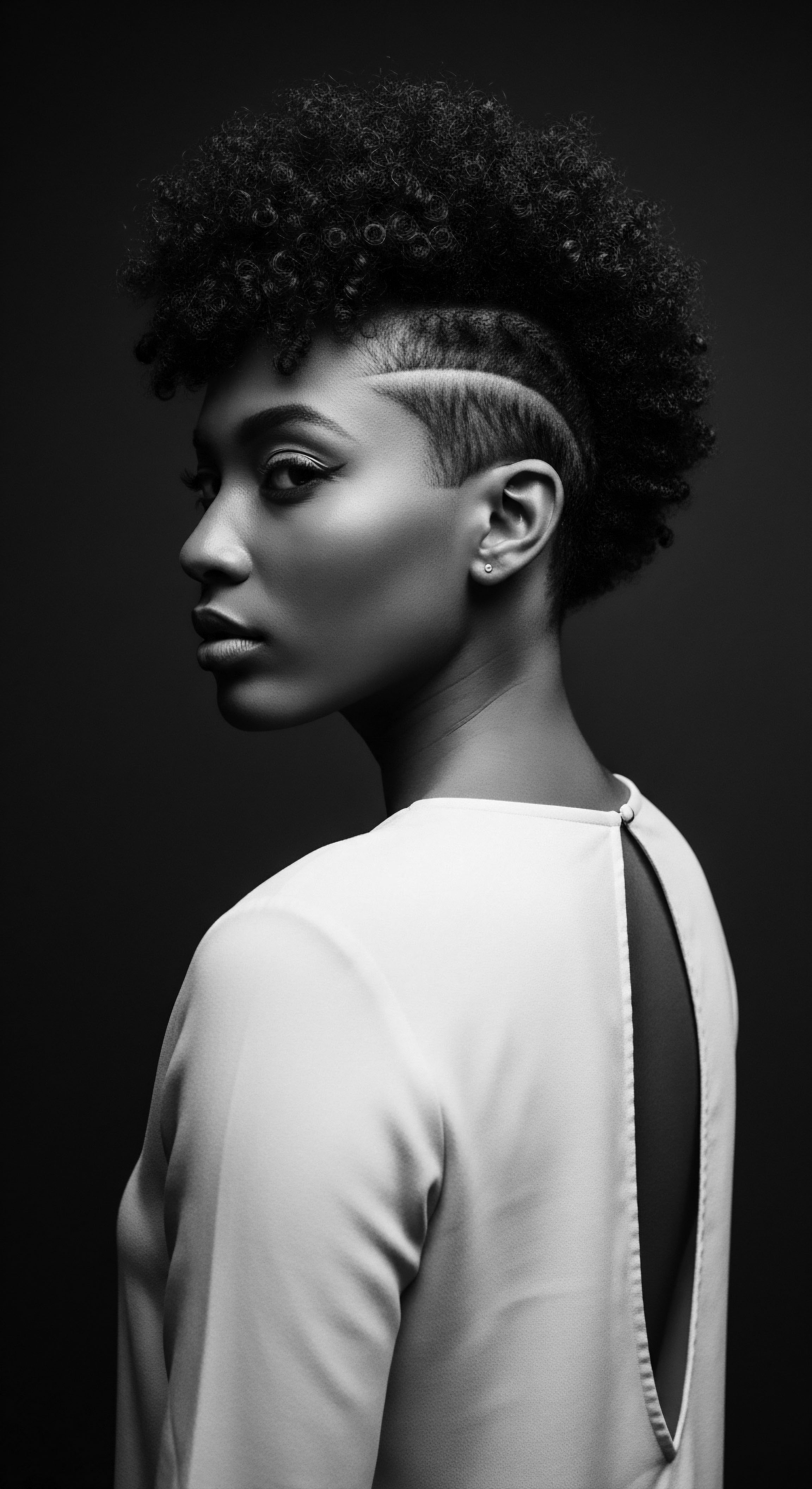
Fundamentals
The perception of our hair, a vibrant expression of identity, holds a profound space within cultural memory and daily existence. To understand its welfare, we must sometimes turn to the whispers of elemental interactions that shape our bodily landscapes. At its simplest, the idea of ‘Lead Exposure’ refers to the circumstance where the human body comes into contact with lead, a naturally occurring metal.
It signifies the presence of lead within our environment, allowing it to enter the physiological system. This presence, in varying quantities, can commence a journey of absorption through the skin, inhalation into the lungs, or ingestion via the digestive tract.
The initial interaction with lead, even at seemingly minor levels, sets into motion a biological process where this element, lacking beneficial purpose in the human body, begins its accumulation. It is a concept that transcends mere definition, extending its meaning to the historical, communal, and deeply personal aspects of health. The biological delineation of lead exposure, then, provides the groundwork for appreciating its wider societal implications, especially for those whose hair traditions have spanned generations, often through challenging environments.
Lead exposure, at its core, describes the entry of the lead element into the body, a silent guest with historical reverberations for hair and wellness.

Echoes from the Source ❉ Lead’s Presence in Ancient Hair Traditions
Long before the advent of modern chemical understanding, ancient peoples, including those whose descendants contribute to the rich tapestry of Black and mixed-race hair heritage, utilized various substances from the earth to care for, color, and adorn their hair. Some of these practices, born of ancestral ingenuity and available resources, unintentionally introduced elements now known to be harmful. The description of lead exposure finds its earliest roots here, in the distant past. We know, for instance, that lead compounds found their way into some historical cosmetics and treatments across diverse geographies, including those with significant African influence.
- Ancient Pigments ❉ Ancient Egyptians, renowned for their sophisticated cosmetic traditions, employed substances like galena, a lead sulfide mineral, in kohl. While primarily an eye cosmetic, kohl was part of a broader cultural aesthetic that viewed beauty holistically. Historical records show its use for visual enhancement and perceived medicinal qualities, though the scientific understanding of lead’s inherent toxicity was not yet apparent.
- Greying Hair Solutions ❉ Across time, the desire to preserve youthful appearance has been a constant. The Romans, for example, devised methods to darken grey hair using lead combs dipped in vinegar. This chemical reaction led to the deposition of lead sulfide nanoparticles on the hair’s surface, a precursor to many later, similarly problematic hair coloring agents. The significance of this practice underscores a continuous longing for specific hair aesthetics throughout human history, sometimes at a hidden cost.
- Cultural Significance ❉ The use of traditional hair dyes or adornments often carried deep cultural or ceremonial meaning. Henna, a plant-derived dye, is one such example, widely used across Africa, Asia, and the Middle East for body art and hair coloring. While natural henna itself is considered safe, studies have shown that some commercial or traditional preparations, particularly those marketed as “black henna” or “pure mineral dyes,” have been adulterated with high concentrations of lead or other heavy metals to alter color or enhance longevity. This highlights how the purity of ancestral ingredients, once a hallmark of safety, could be compromised through modern commercial practices.
These historical applications illustrate that the idea of lead exposure is not a recent discovery, but an age-old challenge, whose deeper meaning has only been revealed through advancing scientific comprehension. Hair, being porous, can absorb heavy metals from its environment or from applied substances, serving as a lasting record of previous encounters.
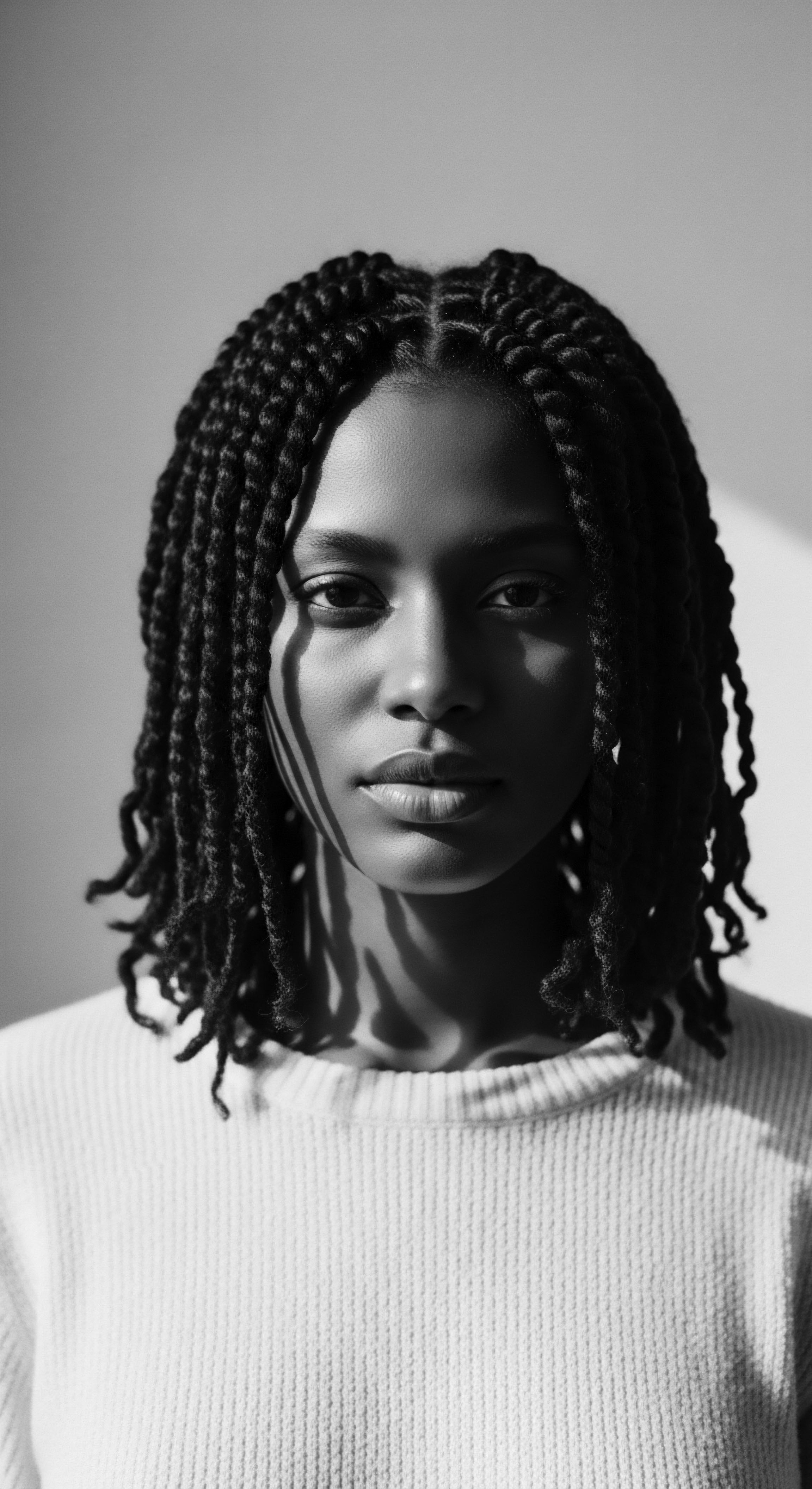
Intermediate
Moving beyond the elemental description, the concept of ‘Lead Exposure’ expands to encompass the systemic ramifications for living organisms, particularly within the context of human wellbeing. This involves a more detailed interpretation of how lead interacts with biological systems and the pathways through which it impacts health, especially when considering hair as a sentinel of physiological shifts. For textured hair, often subjected to diverse styling methods and product applications across generations, this understanding gains a particular gravity. The persistent nature of lead, once absorbed, renders its detection in hair a testament to prior environmental or product contact.
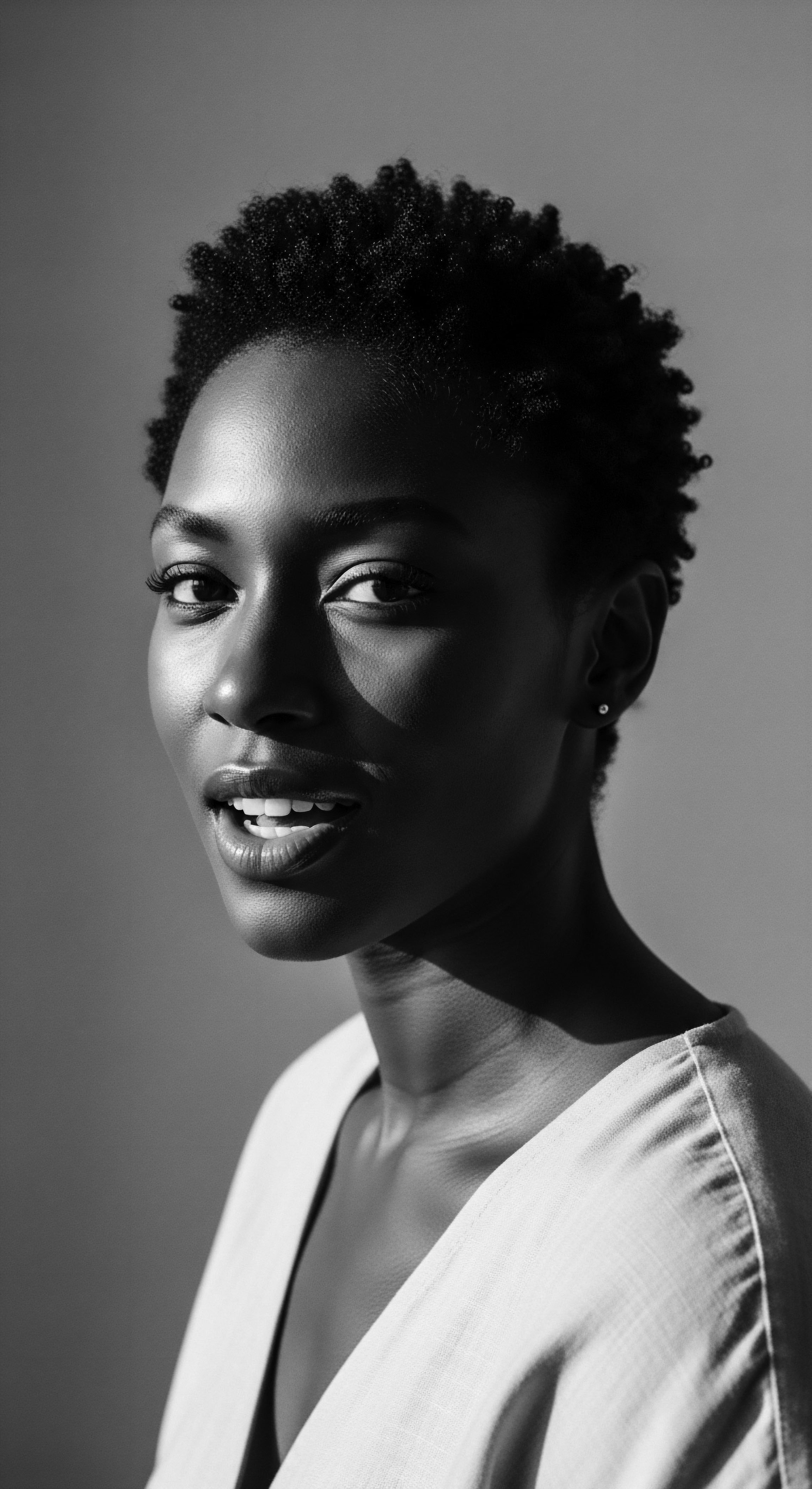
The Tender Thread ❉ Intergenerational Exposures and Hair Practices
The ancestral wisdom surrounding hair care often prioritized natural elements and methods passed down through families and communities. However, societal pressures, economic factors, and the availability of commercial products introduced new variables. The history of hair care for Black and mixed-race individuals is a chronicle of adaptation, resilience, and sometimes, unfortunate vulnerability to harmful substances. The understanding of lead exposure, in this context, delves into the ways in which historical and modern practices, influenced by prevailing beauty standards or lack of regulation, have inadvertently introduced this unwelcome element into hair routines.
One striking instance connects lead exposure directly to hair practices prevalent within certain diasporic communities ❉ the historical and continued presence of lead in traditional eye cosmetics like kohl or surma. While applied to the eyes, these products, particularly those known as Tiro in Nigeria or Tozali, have been found to contain exceedingly high lead levels, with one tiro product linked to infant poisoning found to be 82.6% lead. The cultural practice of applying such substances to infants’ eyelids means systemic absorption can occur through mucous membranes or hand-to-mouth transfer, affecting developing systems. Although primarily eye makeup, the substances themselves can become part of the ambient environment within homes, potentially settling on hair or being transferred through touch.
Furthermore, the landscape of hair care products has, at various points, included lead as an intended ingredient or as a contaminant. Historically, some hair dyes contained lead acetate, designed to gradually darken hair. The drive for specific aesthetics, often influenced by Eurocentric beauty ideals, led many Black women to seek hair straightening or coloring options that, unbeknownst to them, contained hazardous compounds. This complex interaction between beauty ideals, product accessibility, and chemical composition shaped a distinct risk profile within these communities.
| Product Category Kohl/Surma/Tiro |
| Historical Context/Traditional Use Ancient eye cosmetic, also used for cultural adornment, perceived medicinal properties, and sometimes on infants in North Africa, Middle East, Asia. |
| Lead's Role/Presence Often contained lead sulfide (galena) as a primary component, sometimes exceeding 80% lead content. |
| Product Category Hair Dyes (e.g. "Black Henna," "Progressive Dyes") |
| Historical Context/Traditional Use Traditional plant-based dyes for centuries (henna), alongside commercial dyes for darkening hair, including grey hair. |
| Lead's Role/Presence Natural henna can be adulterated with lead; early commercial hair dyes used lead acetate for gradual darkening. |
| Product Category Synthetic Braiding Hair |
| Historical Context/Traditional Use Modern hair extensions providing versatility and protective styling for textured hair, widely used by Black women. |
| Lead's Role/Presence Recent tests identified unsafe levels of lead in 9 out of 10 popular brands, some significantly exceeding safety thresholds. |
| Product Category These examples reveal a continuing legacy of lead's unexpected presence in hair and beauty customs, from ancient practices to contemporary choices. |

Environmental Ripples and Hair as a Witness
Beyond direct application, the surroundings we inhabit contribute to exposure levels. ‘Lead Exposure’ also involves environmental absorption, a concern that has historically disproportionately burdened marginalized communities. Living in older housing, which often contains lead-based paint, or in proximity to industrial areas, means a constant potential for contact through dust and soil. Hair, being a biological matrix that grows over time, can effectively record this environmental history.
Lead from dust and air can settle on hair strands, and absorbed lead can be incorporated into the growing hair shaft. This means that the hair on one’s head can serve as a silent witness, a biological archive of an individual’s exposure profile over weeks or months. This capability provides a unique way to ascertain the prevalence of lead within a community, offering a historical glimpse into the burdens carried by its members.
Hair serves as a silent chronicler, its strands holding imprints of the lead exposures encountered from products or surroundings.
Understanding this broader meaning of lead exposure, from ancient traditions to contemporary environmental realities, allows for a more comprehensive appreciation of the challenges faced by textured hair communities. It compels us to view hair care not merely as a cosmetic endeavor, but as a practice intertwined with health equity, historical legacy, and ancestral wisdom.

Academic
The academic definition of ‘Lead Exposure’ extends beyond a simple presence, delving into the intricate biological mechanisms, systemic consequences, and the sociopolitical determinants that govern its incidence and impact. This requires a rigorous, evidence-based delineation, a clarification of its pathophysiological underpinnings, and a comprehensive examination of its implications for human health, particularly within communities whose historical trajectories have rendered them acutely vulnerable. From an expert perspective, lead exposure signifies a complex interaction where lead, a non-essential and highly toxic heavy metal, interferes with fundamental cellular and enzymatic processes, leading to multi-organ system dysfunction. Its interpretation involves a critical lens applied to public health, environmental justice, and the socio-cultural dynamics that shape health disparities.
Lead’s deleterious effects stem from its ability to mimic other essential divalent cations, such as calcium, zinc, and iron, thereby disrupting cellular signaling, enzyme activity, and protein synthesis. It readily crosses biological membranes, including the blood-brain barrier and the placenta, explaining its pronounced neurotoxic and developmental effects, especially in children and fetuses. Once absorbed, lead is distributed throughout the body, primarily accumulating in bone, from which it can be remobilized, leading to chronic, long-term exposure even after external sources are removed. Its slow excretion means that even low-level, protracted exposures can result in significant body burdens over time, contributing to a spectrum of adverse health outcomes, including neurological impairments, kidney dysfunction, cardiovascular disease, and reproductive issues.

The Unbound Helix ❉ Lead’s Shadow on Textured Hair Heritage
The historical journey of textured hair, particularly within Black and mixed-race communities, is a powerful testament to identity, adaptation, and enduring cultural practices. However, this journey has often been shadowed by systemic inequities and predatory marketing that introduced harmful substances into everyday routines. The contemporary understanding of lead exposure intersects with this heritage in ways previously unacknowledged, compelling a re-evaluation of routine care.
A compelling contemporary instance of lead’s infiltration into hair care practices, one that demands the utmost academic scrutiny and public awareness, emerges from recent analyses of synthetic braiding hair. These materials, integral to a wide array of protective and expressive styles within Black communities, have been found to harbor alarming concentrations of lead. In a Consumer Reports investigation, tests on ten widely available synthetic braiding hair products revealed that nine of them contained unsafe levels of lead. Alarmingly, one particular package of braiding hair exhibited lead levels exceeding the maximum allowed dose by over 600%.
The contemporary discovery of excessive lead in synthetic braiding hair reveals a modern challenge to hair well-being within Black communities.
This specific finding underscores a critical public health concern. Synthetic braiding hair is often worn for extended periods, typically four to six weeks. During this time, the chemicals present are in constant contact with the scalp, enabling dermal absorption and potential inhalation, especially given that many users touch their hair frequently, creating a pathway for hand-to-mouth transfer.
For children, who often begin using such products at a young age, this continuous exposure poses a heightened risk to their developing neurological and endocrine systems. The presence of lead in these products, often used to achieve styles that resonate with cultural aesthetics or practical protective needs, introduces a silent, insidious threat to a heritage of self-adornment and care.
The roots of this problem are complex. They extend from the unregulated nature of a significant portion of the cosmetic market, particularly for products historically aimed at Black consumers, to the socio-economic pressures that have historically driven the demand for certain hair textures or styles. The historical context of chemical hair straighteners, often containing harmful lye or formaldehyde, reveals a long-standing pattern of utilizing potent, sometimes dangerous, agents to achieve desired aesthetics.
While lead is not typically an active ingredient in relaxers, its presence in synthetic braiding hair broadens the scope of inquiry into contaminants within the Black hair care ecosystem. This scenario compels academic discourse to address not only the direct toxicological threat but also the systemic factors that permit such hazardous exposures to persist.
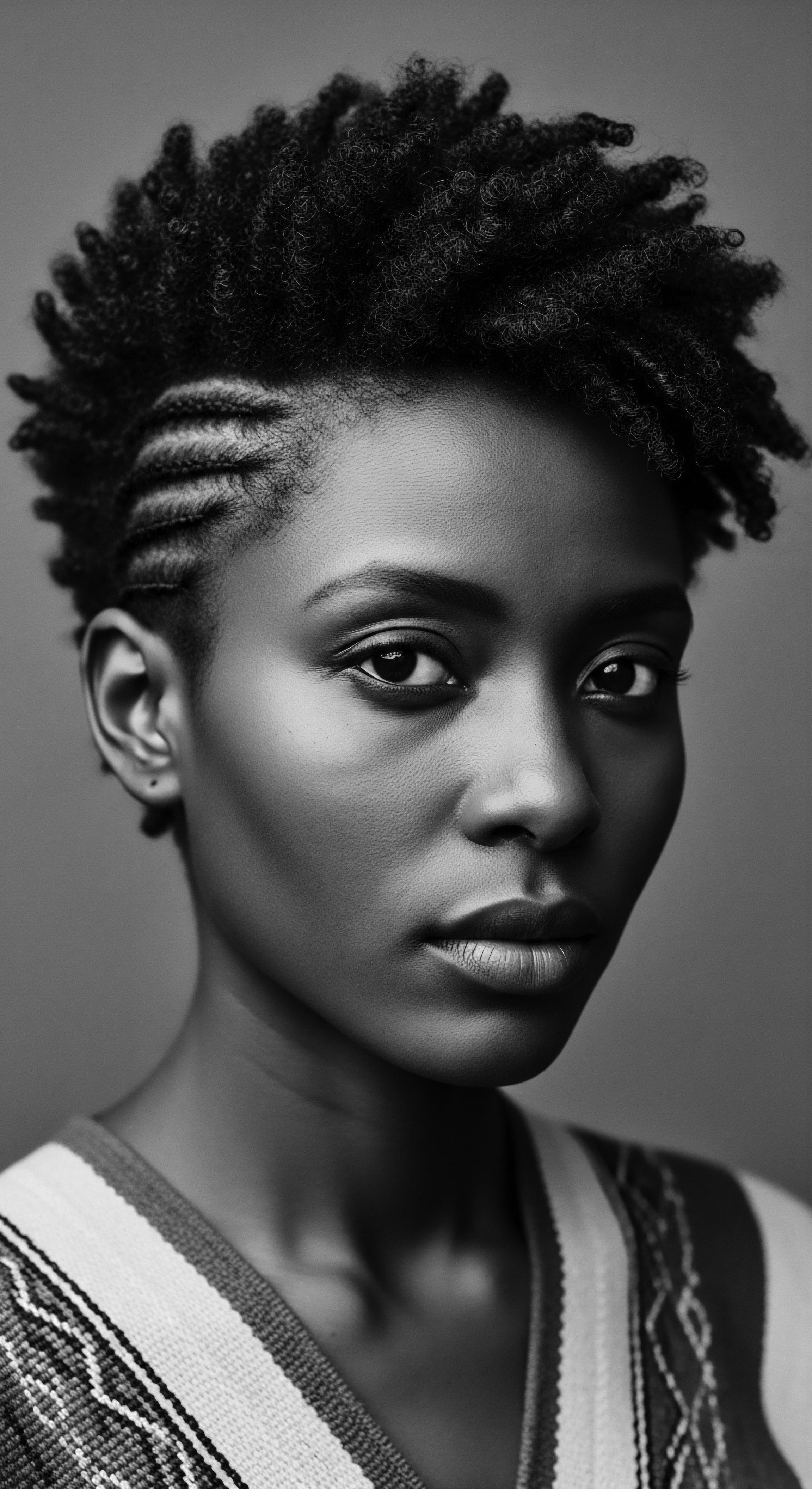
Pathophysiological Implications for Hair and Systemic Health
Beyond direct absorption through the scalp, lead can be deposited in hair as it grows, making hair a biomonitor of long-term exposure. For individuals with textured hair, whose hair care routines may involve frequent manipulation, heat application, or the use of diverse products, the cumulative impact of lead exposure is a particularly salient concern. The metal’s presence can affect the integrity of the hair shaft, though the more significant dangers lie in its systemic absorption.
The systemic impact of lead in the context of hair care extends to various physiological systems:
- Neurological System ❉ Even low-level, chronic exposure to lead can lead to cognitive impairments, behavioral problems, and developmental delays, especially in children. The neurological consequences are particularly alarming given the widespread use of synthetic braiding hair by children and adolescents within textured hair communities.
- Reproductive Health ❉ Lead exposure is associated with adverse reproductive outcomes, including increased risk of miscarriage, stillbirth, and male fertility issues. These findings intersect with broader concerns about reproductive health disparities within Black communities, where such products are heavily utilized.
- Renal and Cardiovascular Systems ❉ Chronic lead exposure can contribute to kidney damage and hypertension. These conditions disproportionately affect Black populations, suggesting a compounding effect when considering environmental and product-related lead burdens.
- Hair Integrity ❉ While hair itself is biologically “dead” once it emerges from the follicle, the underlying systemic lead burden can influence the health of the scalp and newly forming hair. Although direct causal links between lead exposure and specific textured hair conditions (beyond general hair loss associated with severe poisoning, as seen in the Flint Water Crisis) are still subjects of active research, the overall toxic load cannot be disassociated from holistic well-being.
The case of lead in synthetic braiding hair, coupled with its historical presence in traditional cosmetics like kohl and certain hair dyes, presents a multifaceted challenge. It necessitates a concerted effort from public health authorities, manufacturers, and community advocates to raise awareness, advocate for stricter regulations, and promote safer alternatives. This understanding of lead exposure, from its elemental biology to its intricate socio-cultural manifestations, compels a deeper commitment to protective practices for textured hair, recognizing its profound connection to health, heritage, and identity.
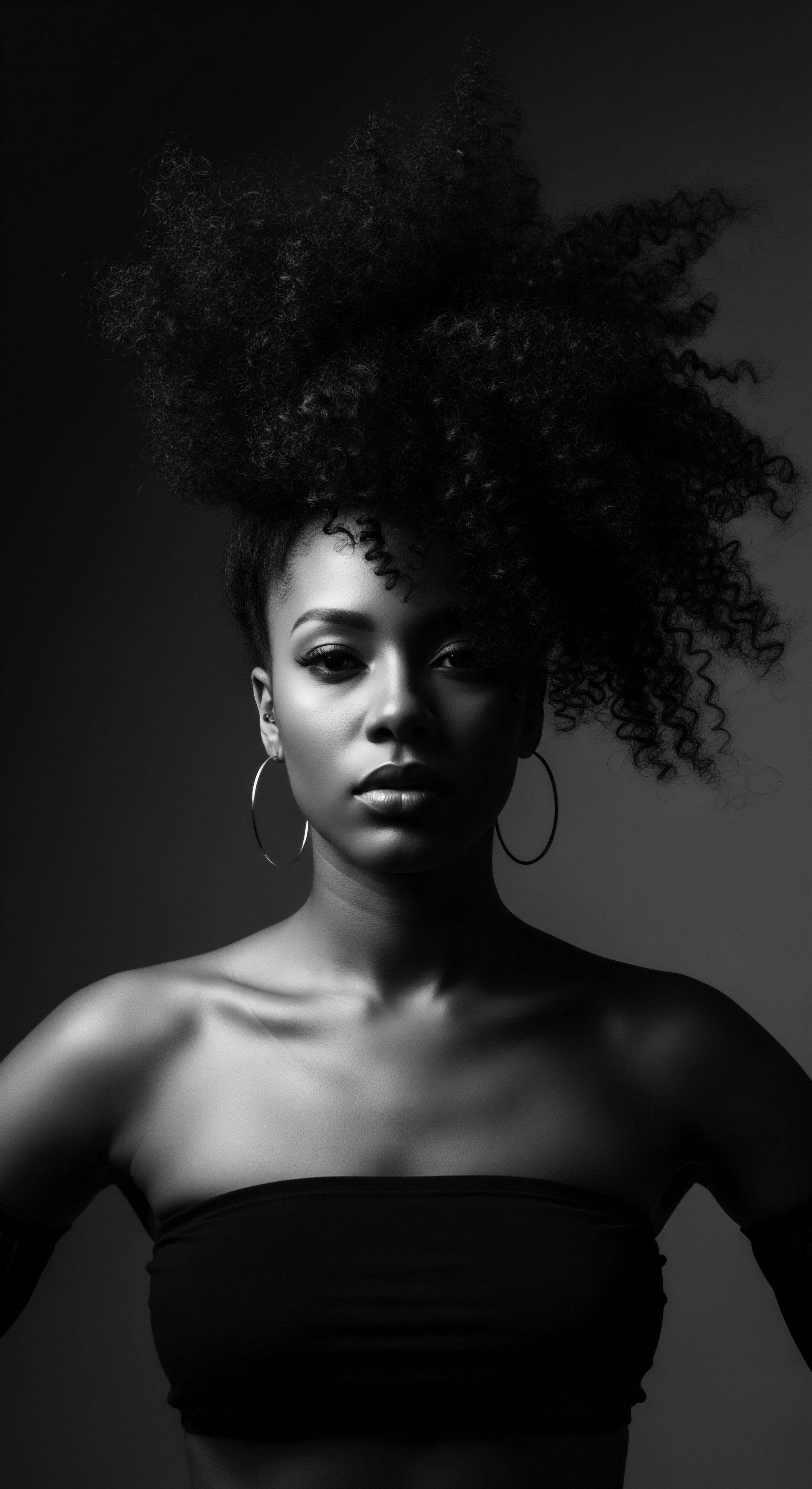
Reflection on the Heritage of Lead Exposure
The journey through the meaning of ‘Lead Exposure’ in the context of textured hair reveals a profound, often poignant, connection to history and ancestral experience. It is a story not solely defined by scientific compounds and medical definitions, but by the enduring spirit of communities, their resilience, and the deeply rooted meaning attributed to hair as a cultural artifact. For generations, textured hair has served as a beacon of lineage, a canvas for self-expression, and a repository of communal memory. Yet, this exploration uncovers moments where choices, made in pursuit of beauty or under the sway of societal pressures, inadvertently crossed paths with an unseen hazard.
Consider the historical threads of kohl or traditional henna, once believed to offer beauty or protection, now understood to have carried hidden lead burdens. These elements remind us that ancestral practices, while often steeped in wisdom, existed within a world lacking modern toxicological insights. Our contemporary understanding, informed by science, allows us to honour the intent of past practices while safeguarding present and future generations. It calls for a careful, respectful discernment, acknowledging the ingenuity of our forebears while also advocating for purity and safety in today’s products and environments.
The recent revelations about lead in synthetic braiding hair serve as a poignant echo from the past, demonstrating that the pursuit of certain aesthetics or convenience can still carry risks. These findings compel us to gaze upon the threads of our hair with renewed reverence, understanding that its well-being is interwoven with broader narratives of environmental justice, product safety, and cultural autonomy. The vibrant legacy of textured hair, with its infinite possibilities for expression and care, deserves uncompromised protection. It is a call to action for collective wisdom, urging us to carry forward ancestral knowledge while championing informed, health-affirming choices for every curl, coil, and strand that forms the rich tapestry of our heritage.

References
- Chattopadhyay, A. Roberts, T. M. & Jervis, R. E. (1977). Scalp hair as a monitor of community exposure to lead. Archives of Environmental Health, 32(5), 226-236.
- De Caluwé, J. P. (2009). Lead poisoning caused by prolonged use of kohl, an underestimated cause in French-speaking countries. Journal Français d’Ophtalmologie, 32(7), 459-463.
- Jamall, I. S. (2015). Use of Hair as an Indicator of Environmental Lead Pollution in Women of Child-Bearing Age in Karachi, Pakistan and Bangladesh. ResearchGate.
- Kervegant, M. Glaizal, M. Tichadou, L. Hayek-Lanthois, M. & de Haro, L. (2012). Daily use of kohl as the origin of possible lead poisoning. La Presse Médicale, 41(2), 203-204.
- Moran, M. (2020). Lead Poisoning in the Modern Community. Environmental Justice, Open Oregon Educational Resources.
- Nohynek, G. J. Duche, D. Garrigues, A. & Niel, H. (2004). Some aromatic amines, organic dyes, and related exposures. IARC Monographs on the Evaluation of Carcinogenic Risks to Humans, 83, 1-362.
- Osuocha, K. C. & Nze, J. S. (2018). Evaluation of Heavy Metals Level in Hair Dyes and their Potential Health Risk. Nigerian Research Journal of Chemical Sciences, 6(1), 240-249.
- Rahbar, M. H. White, F. Agboatwalla, M. Hozhbari, S. & Luby, S. (2002). Factors associated with elevated blood lead concentrations in children in Karachi, Pakistan. Bulletin of the World Health Organization, 80(10), 769-775.
- Rastogi, S. K. (2008). Renal effects of environmental and occupational lead exposure. Indian Journal of Occupational and Environmental Medicine, 12(3), 103-106.
- Salehi, B. Sharifi-Rad, J. Ceylan, O. G. Kılıç, M. Barssan, B. & Gümüş, M. (2024). Determination of lead, cadmium and nickel in hennas and other hair dyes sold in Turkey. Journal of Chemistry, 2024.
- Saeed, M. Waseem, M. & Ashraf, I. (2022). Evaluation of heavy metals in cosmetic products and their health risk assessment. Environmental Science and Pollution Research, 29(20), 29774-29785.
- WHO. (2010). Lead Exposure in African Children. World Health Organization.
- Walter, P. Martinetto, P. Tsoucaris, G. Brancart, C. Tan, N. Ducouret, A. & De Rycke, I. (2006). Early Use of PbS Nanotechnology for an Ancient Hair Dyeing Formula. Nano Letters, 6(9), 2213-2216.
- Yazbeck, A. El Helou, J. Saikali, A. & Saikali, A. G. (2021). Toxic Elements in Traditional Kohl-Based Eye Cosmetics in Spanish and German Markets. Toxics, 9(6), 133.
